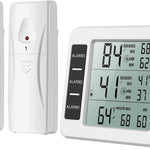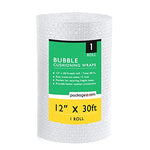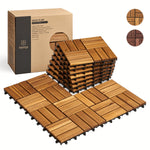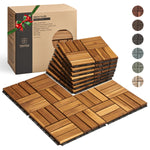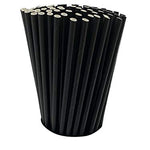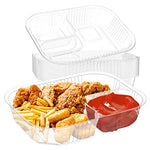You have no items in your shopping cart.
Photo Credit: Khanh Nguyen/pexels
Importance of Proper Break Areas for Food Workers
Food workers are essential to the food service industry, and maintaining high standards of hygiene is crucial to prevent contamination and ensure food safety. One important aspect of food safety is where employees can eat during their breaks. This article outlines the designated areas and guidelines for food workers during their meal breaks, promoting best practices for health and safety.
Regulations and Best Practices for Eating Areas in Food Service
Health and Safety Regulations
Different regions have specific health codes that dictate where food service workers can eat. These are designed to prevent contamination of food preparation areas.
Designated Eating Areas
Most health codes require that food workers eat in designated areas away from food preparation zones. These areas are typically separate from the kitchen and offer a clean, safe environment for eating.
Why Separate Eating Areas Are Necessary
Preventing Food Contamination
Keeping eating areas separate helps prevent the introduction of pathogens or foreign objects into food prep areas, which could lead to foodborne illnesses.
Compliance with Health Codes
Adhering to local health regulations not only ensures the safety of food but also protects establishments from legal issues and potential fines.
Features of Appropriate Break Areas
Cleanliness and Hygiene
Break rooms should be kept clean and well-maintained, with facilities for workers to wash their hands before returning to work.
Comfort and Convenience
Adequate seating and tables should be provided, along with amenities such as a refrigerator, microwave, and possibly vending machines, to ensure workers can enjoy their breaks in comfort.
Accessibility
Break areas should be easily accessible but distinctly separate from the food preparation areas to avoid any cross-contamination.
Guidelines for Using Break Areas Effectively
Scheduling Breaks
Breaks should be scheduled in such a way that not all food workers are on break at the same time, which helps maintain continuous cleanliness and monitoring of food prep areas.
Food Storage
If food workers bring meals from home, proper food storage options should be provided in the break area to prevent food spoilage.
Handling Leftovers
Guidelines should be established for handling and storing leftovers, including labeling and dating food stored in communal refrigerators.
Creating a Healthy Environment in Break Areas
Promoting a Positive Workplace Culture
Offering a well-equipped and comfortable break area can help boost morale and show appreciation for the workers’ hard work and dedication.
Training and Awareness
Regular training sessions can help reinforce the importance of using break areas properly and maintaining hygiene throughout the workplace.
Frequently Asked Questions About Break Areas for Food Workers
Why can't food workers eat in food prep areas?
Eating in food prep areas increases the risk of contaminating food with pathogens or debris from the food workers’ meals, potentially causing foodborne illnesses.
What should a food worker do if there’s no designated break area?
If no designated break area is available, it’s important to speak with management to address this issue, as it is typically required by health regulations.
How often should break areas be cleaned?
Break areas should be cleaned at least once a day, with frequent sanitizing of surfaces that are touched often, like door handles, tables, and microwave buttons.
Ensuring Safe and Hygienic Break Practices for Food Workers
Providing a designated eating area for food workers is more than a regulatory requirement—it is a fundamental aspect of maintaining food safety and worker welfare. By understanding and implementing these guidelines, food service establishments can ensure a hygienic environment both for the workers and the customers they serve.
Check Out Our Trash Bags:
Introducing our 15 Gallon Tall Kitchen Bags! These bags are perfect for everyday kitchen waste and feature a strong and reliable design.
"These bags have made my kitchen cleanup a breeze. Highly recommend them!"
- Emily Jarred
"I've been using these bags for months now, and they never disappoint. Great quality!"
- Michael Anderson
Introducing our 39 Gallon Heavy-Duty Trash Bags! These bags are perfect for handling larger loads of trash and are built to resist tears and leaks.
"These bags are the best I've ever used. They can handle even the toughest trash."
- Lewis Martinez
"I'm impressed by the durability of these bags. They never fail to hold up, even when filled to the brim!"
- Jessica Roberts
Introducing our 33 Gallon Heavy-Duty Trash Bags! These bags are designed to handle heavy loads of trash, making them ideal for residential and commercial use.
"I've never had a bag that could handle so much trash. These bags are a game-changer!"
- Samantha Turner
"I run a small restaurant, and these bags are perfect for our needs. They're strong, reliable, and affordable!"
- David Patterson
Introducing our 55 Gallon Contractor Trash Bags! These bags are designed to handle heavy, bulky trash and are commonly used in construction and renovation projects.
"These bags are an absolute lifesaver on our construction sites. They can handle anything we throw at them!"
- Mark Thompson
"I've used many different contractor bags, and these are by far the best. They never let me down!"
- Rachel Collins













